Ethnic Chinese celebrate the Mid-Autumn Festival worldwide by lighting lanterns. This lesson will introduce students, from all backgrounds, to this tradition and its associated folklore. Rather than purchasing mass-produced plastic lanterns, the lesson will update the tradition of handmade lanterns by teaching students how to make a digital fabricated version using a laser cutter. Students are encouraged to add their own personal and creative interpretations. At the same time, the lesson will emphasize sustainability values by using recycled cardboard material.

Materials List
Hot glue gun, LEDs, coin batteries, paper, pencil, marker, white-out/ correction tape, decorative materials (optional)
Recycled cardboard and MDF
Digital Fabrication Equipment Details
Hardware
Laser cutter
Electronics
Computer
Digital Camera
Software
Vector graphics software (Inkspace)
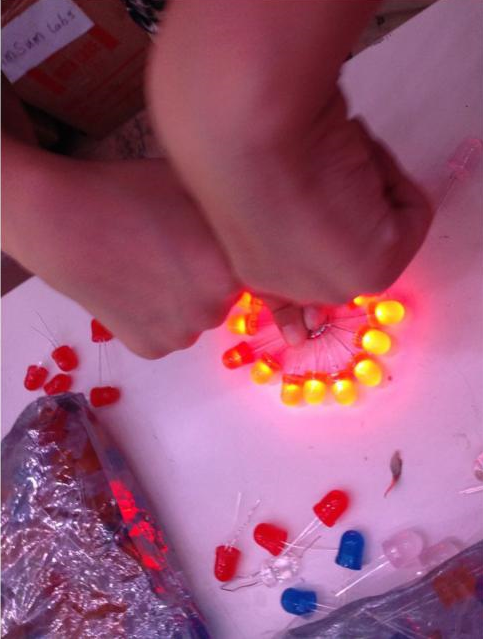
Step One: Explore and Compare Two Chang E Legends
TEACHER NOTE: Before Class:
Review Mid-Autumn Festival celebrations
https://www.scmp.com/lifestyle/travel-leisure/article/1860056/everything-you-need-know-about-mid-autumn-f estival
Review the Legend of Chang E
https://www.moonfestival.org/the-legend-of-chang-e.html
Review the two Versions of Legend of Chang E (Version 2 starts at the 6:10 mark) https://www.youtube.com/watch?v=_tTiVekamYk
Note that there is yet another and more beneficent version of the Chang E legend relating to her taking the elixir to prevent a thief from stealing it (see eg, https://www.chinahighlights.com/festivals/mid-autumn-festival-story.htm).

Introduction
The Mid-Autumn Festival has been a celebration of the completion of harvest in traditional Chinese agrarian society since the Shang dynasty (c. 1600–1046 BCE). It should be recalled that the Chinese used the moon as the basis of their calendar, as opposed to the sun (which is the basis of the Gregorian/ Western calendar).
Ask students to look at pictures of the full moon and see if they can see an outline of a lady there, or maybe a rabbit:
https://corawen.com/blog/wp-content/uploads/20090210rabbitinthemoon_1.jpg
These are associated with the Legend of Chang E and of the Jade Rabbit (which has analogies in many other Asian cultures: https://en.wikipedia.org/wiki/Moon_rabbit ).
Highlight how these legends pervade event until today, as can be seen by China’s space program naming its successive lunar landers Chang E and its lunar rover Yutu (Jade Rabbit): https://news.nationalgeographic.com/2016/02/160202-china-moon-lunar-lander-photo-picture-space/ .
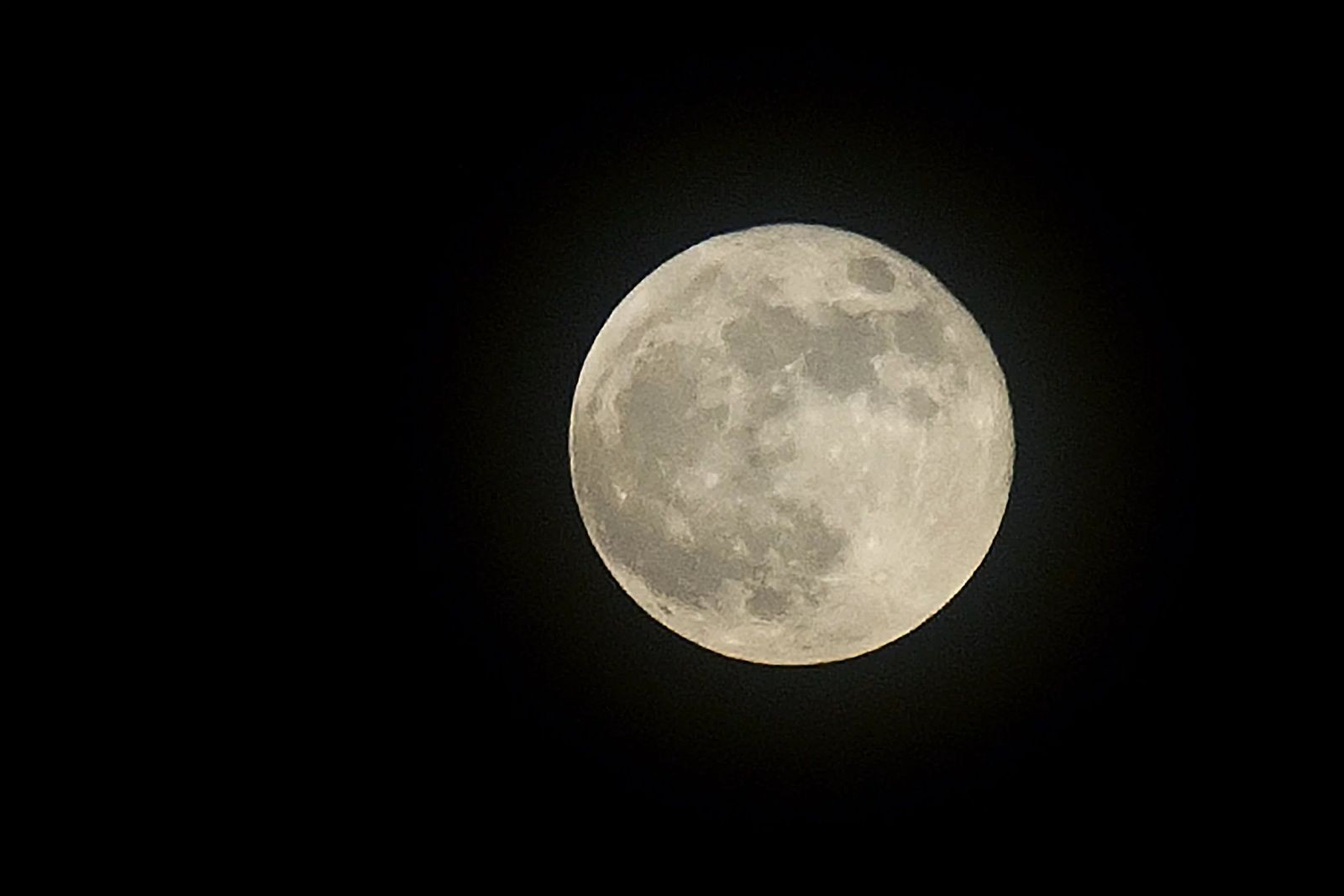
Essential Question: Do you know any other stories from other cultures about the moon? (see https://exemplore.com/misc/10-Interesting-Myths-and-Legends-About-The-Moon )
Students will summarize what they have learned. A group discussion or questions-and-answers written on the board will reinforce knowledge. Students can compare and contrast Mid-Autumn Festival traditions with their own holidays.
Step Two: Design & Build Your Own Laser Cut Lantern
TEACHER NOTE: Before Class:
Pre-cut the lanterns using the template to save time (recycled cardboard for body; MDF for handle). Potentially ask the students to gather their own recycled cardboard to be used. You may use a boxmaker utility (e.g. makercase.com) to generate work plans or to add extra complexity for more advanced students instead of using the lantern template if you wish.
Design Files:
![]() Lantern outlines.pdf
Lantern outlines.pdf
![]() Mooncake shaped lanterns.pdf
Mooncake shaped lanterns.pdf
![]() Mid Autumn calligraphy and YMCM logo.pdf
Mid Autumn calligraphy and YMCM logo.pdf
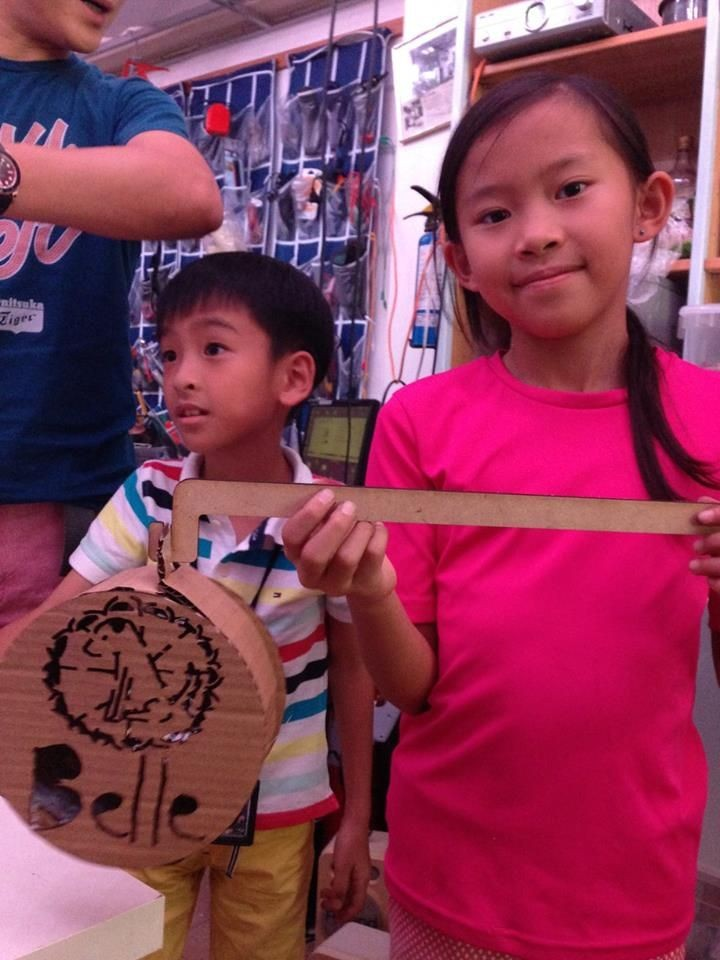
Introduction
Many of the traditional celebrations of Mid-Autumn Festival celebrations continue today, including the lighting of lanterns and sharing of moon cakes (a traditional pastry). Also then highlight the environmental waste arisen from the use of disposable plastic materials, etc.: https://www.greenpower.org.hk/cuw/e_waste_p1.html
Our concept of the sustainable and updated lantern (shaped like a moon cake) uses recycled cardboard, reusable LEDs and the opportunity for the kids to give their own interpretation of the story and tradition.
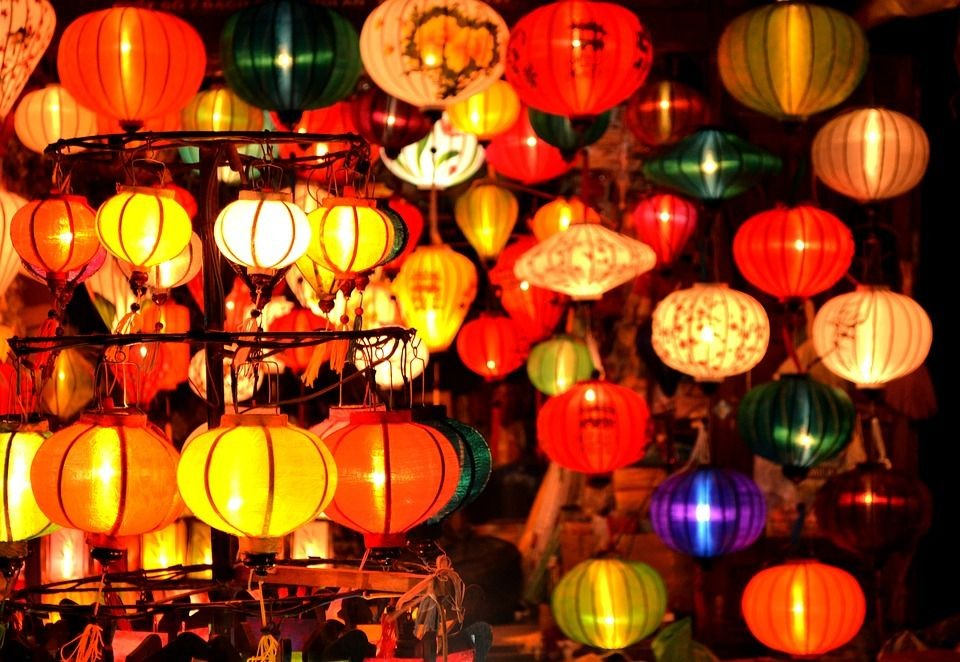
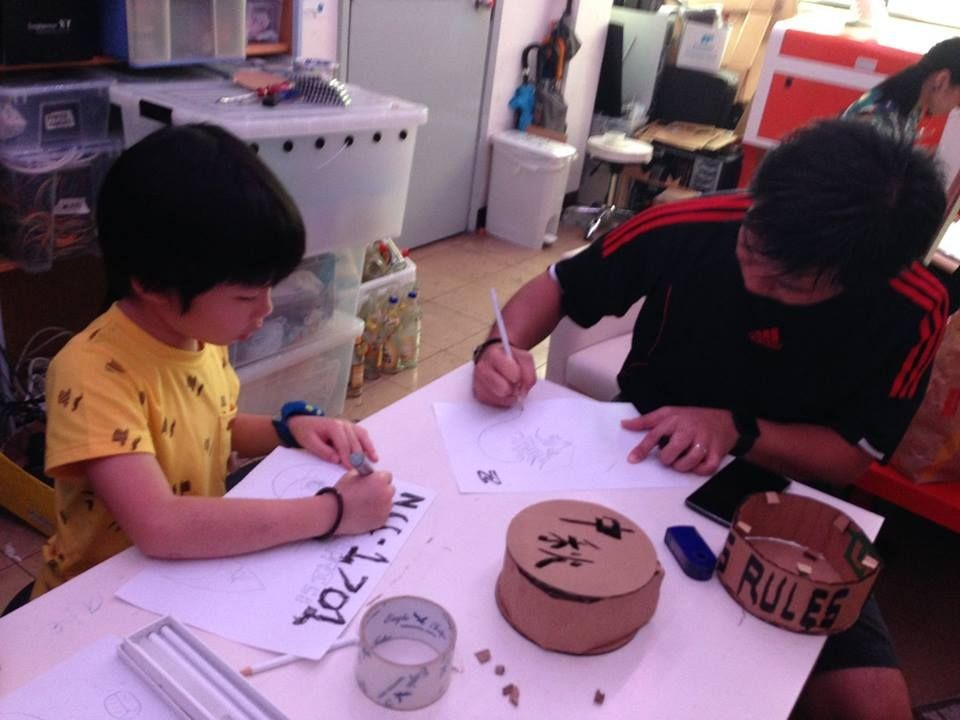
First, the relevant drawing is digitized by taking a digital photo of it. Then upload the photo to a shared drive (eg, Google Drive, Dropbox), where a computer with a vector graphics software like Inkscape and/or Adobe Illustrator can access it. For Inkscape:
4. Laser-cutting the lantern drawing
5. Assembling and lighting the lantern
Our simple methodology can actually be used to design and make lanterns for other festivals, like Halloween; or other practical uses, like table lamps, and for use with different materials.
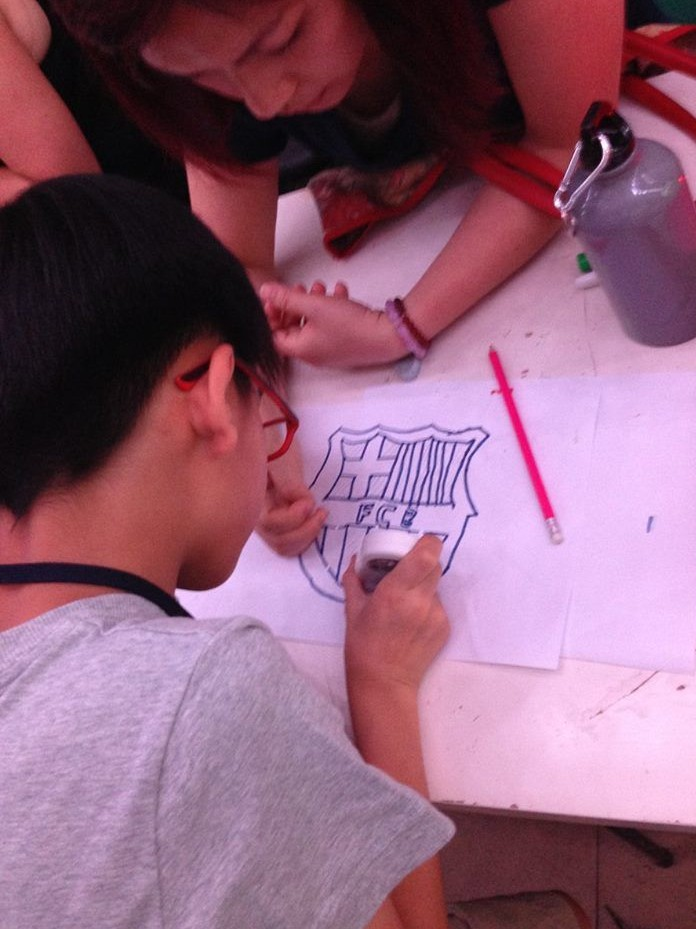
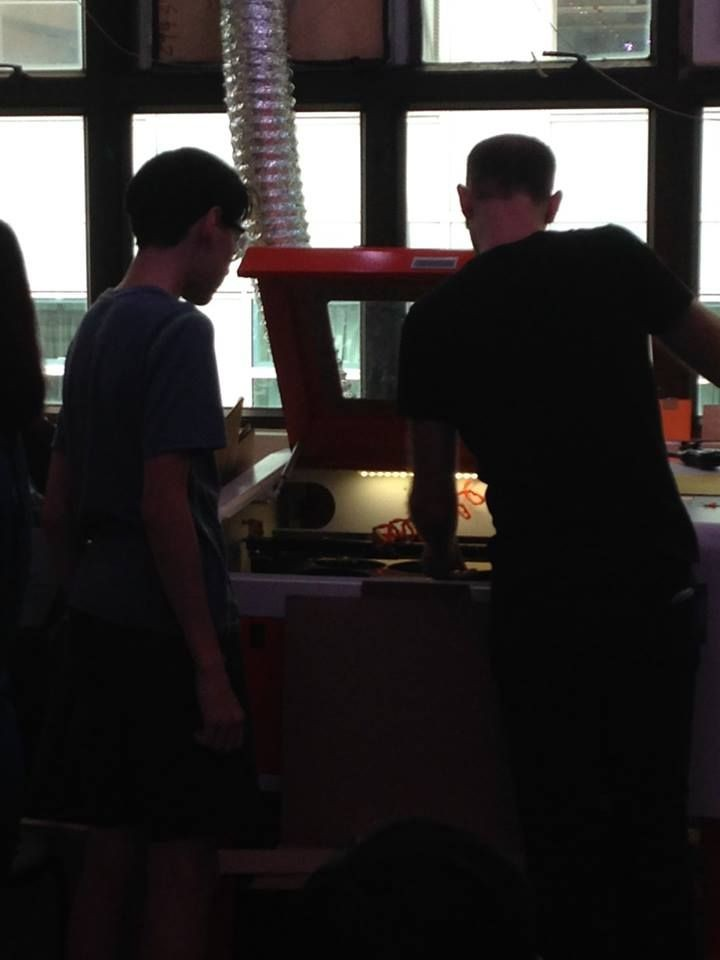
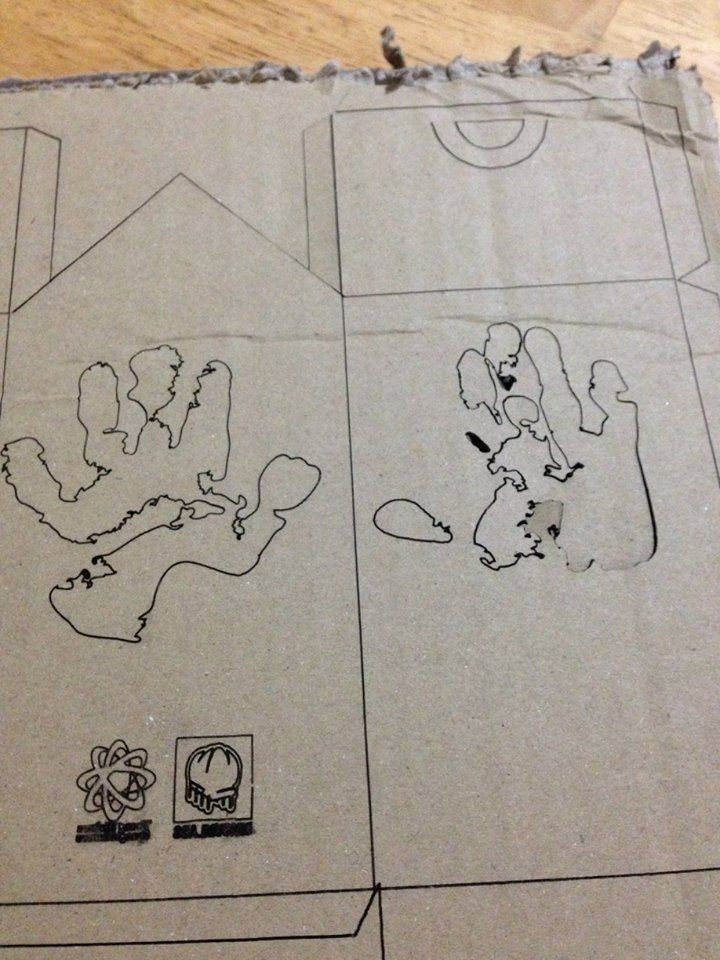
Having trouble? Let us know by completing the form below. We'll do our best to get your issues resolved quickly.
"*" indicates required fields
Thank you for your fab contribution!